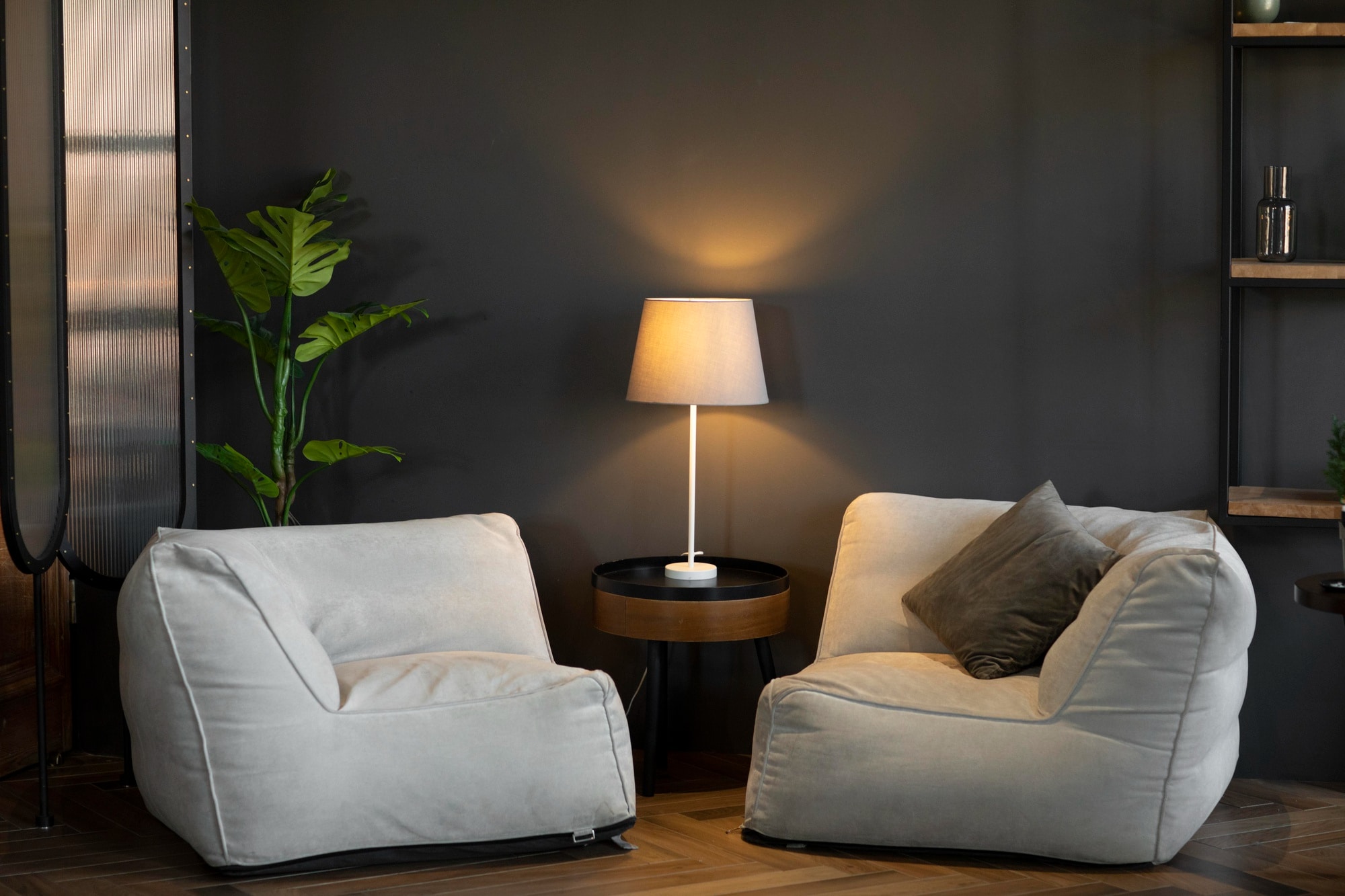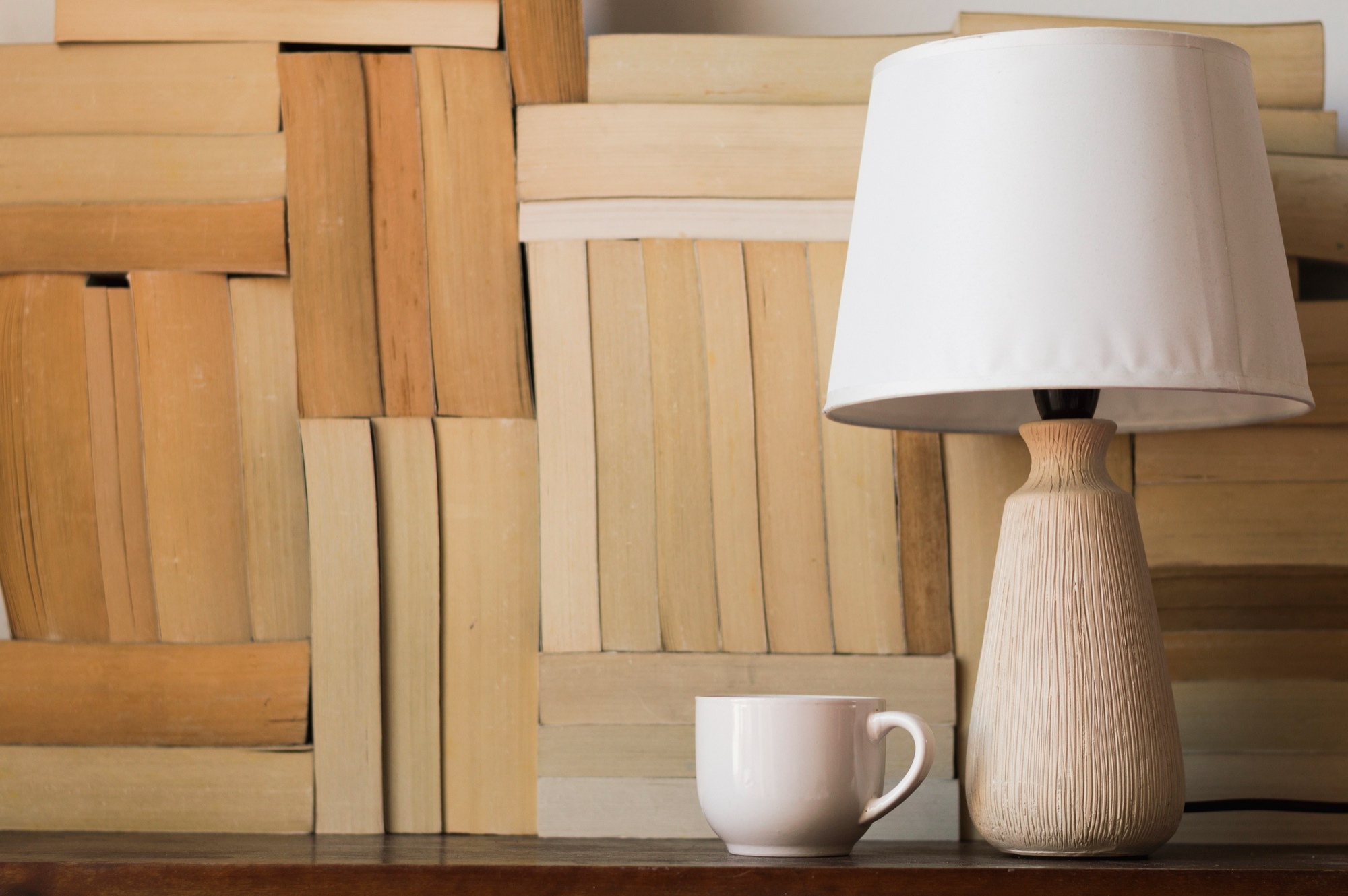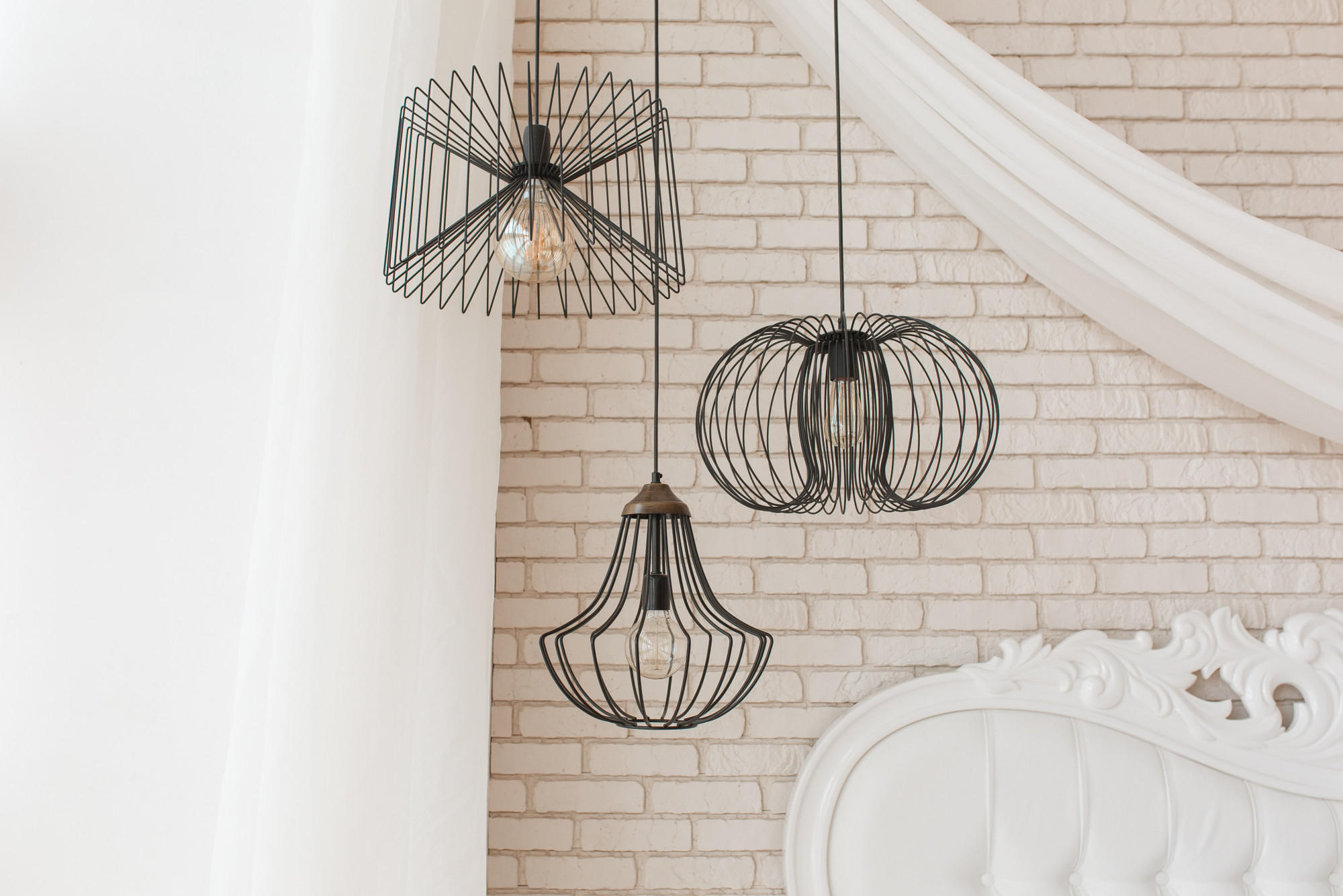
Wall Sconces vs. Floor Lamps: What Fits Best?
Lighting is one of the most important elements in interior design—not just for visibility, but for atmosphere, zoning, and visual balance. In Scandinavian interiors, where simplicity and intention reign, the choice between a floor lamp vs wall sconce can significantly impact both form and function. Whether you’re outfitting a compact reading nook, an open-plan living room, or a minimalist bedroom, understanding the strengths of each type of lighting can help you curate a more cohesive and calming space.
This guide compares two key Scandi lighting fixtures—wall sconces and floor lamps—and helps you determine what works best for your layout, lifestyle, and the overall mood of your Nordic lights plan.
The Scandinavian Lighting Philosophy
Before comparing fixtures, it’s essential to understand the Nordic approach to lighting. Scandinavia’s long, dark winters have shaped a design language that’s focused on warmth, layering, and natural flow.
Core Features of Scandinavian Lighting:

- Layered lighting to avoid harsh overhead glare
- Ambient, task, and accent lights working together
- Warm white light (2700–3000K) to enhance cosiness
- Minimalist, nature-inspired materials such as wood, metal, linen, and glass
Whether using wall sconces or floor lamps, the goal is always to soften the space, create intimacy, and promote restful living.
Wall Sconces: Form, Function, and Flexibility
Wall sconces are fixed lighting elements mounted directly to the wall. In Scandi lighting fixtures, they are often subtle, sculptural, and designed to complement clean architectural lines.
Pros of Wall Sconces:
- Space-saving: Ideal for small rooms or narrow areas where floor space is limited
- Custom placement: Can be mounted at any height for targeted task or ambient light
- Minimalist look: Keeps the floor and surfaces clear, enhancing the minimalist aesthetic
- Great for layered lighting: Works well with ceiling or table lights
Ideal Rooms for Wall Sconces:
- Bedrooms: Replaces bedside table lamps and frees up surface space
- Hallways and entryways: Adds visual rhythm and wayfinding light
- Living rooms: Frames art, mirrors, or reading corners
- Bathrooms: Flanks mirrors with soft, flattering light
Scandi Tip: Choose matte finishes in black, white, or brushed metal. Look for sconces with fabric diffusers, opal glass, or directional arms for adjustability.
Floor Lamps: Personality and Practicality
Floor lamps bring height, sculptural form, and movable light sources into a room. In the world of Nordic lights, they range from industrial to organic, often bridging function and art.
Pros of Floor Lamps:
- Portable: No wiring or drilling needed—just plug in and reposition as needed
- Statement-making: Adds height and visual interest, especially in minimalist rooms
- Flexible: Can offer task, ambient, or accent lighting depending on shade and direction
- Easy to layer: Complements table lamps and overhead lighting
Ideal Rooms for Floor Lamps:
- Living rooms: Next to a reading chair or sofa
- Bedrooms: Beside a lounge chair or near wardrobes for soft background light
- Studios or open-plan spaces: Helps zone areas without building walls
Design Tip: Look for clean, elegant lines and neutral tones. Arched or tripod bases are especially popular in Scandi lighting fixtures for their balanced visual weight.
Comparing Floor Lamp vs Wall Sconce: What Fits Best?
Let’s break it down by design needs, space limitations, and usage preferences.
| Criteria | Wall Sconce | Floor Lamp |
| Space Efficiency | Ideal for small or narrow rooms | Requires floor space |
| Installation | Needs mounting and sometimes hardwiring | Plug-in; easy to move |
| Aesthetic Impact | Minimalist, discreet | Statement-making, adds height |
| Flexibility | Fixed position, less adjustable | Portable and repositionable |
| Layering with Other Lights | Excellent for targeted accenting | Great for corner and zone lighting |
| Best for | Hallways, bedsides, reading nooks | Living rooms, studios, lounges |
Rule of Thumb: Use wall sconces for integrated, architectural lighting. Use floor lamps when flexibility and visual contrast are desired.
Combining Wall Sconces and Floor Lamps
In true Scandinavian fashion, the best lighting schemes are layered. You don’t have to choose just one—use both to create depth, warmth, and flexibility.
Example Layouts:
1. Living Room Reading Corner
- Wall sconce above the chair for reading
- Floor lamp behind the sofa for ambient light
2. Bedroom
- Wall sconces mounted at eye-level on either side of the bed
- Slim floor lamp near the wardrobe or dressing area
3. Hallway
- Wall sconces at regular intervals for ambient light
- Small floor lamp at the end to create a soft focal point
This balanced approach supports both mood and function—hallmarks of Nordic lights strategy.
Material and Style Suggestions

Scandi-Approved Finishes:
- Matte black, white, and brass
- Natural wood or oak veneer
- Linen or paper lampshades
- Opal or smoked glass diffusers
Fixture Shapes That Work:
- Wall Sconces: Disc-shaped, cone shades, swing arm styles
- Floor Lamps: Tripod base, arc arm, cylinder drum shades
Stick to simple silhouettes that echo Nordic design language—soft curves, organic lines, and functional geometry.
Best Practices for Lighting Placement
Wall Sconce Height:
- For reading or bedside: 90–110 cm from the floor (or eye level when seated)
- For ambient hallway light: 150–170 cm from the floor
Floor Lamp Positioning:
- Place behind or beside seating, not directly in walkways
- Avoid blocking windows or natural light sources
- Use low-glare bulbs to preserve soft ambience
Dimmable LEDs with warm colour temperature (2700–3000K) work best for both sconces and floor lamps in Scandi lighting fixtures.
Mistakes to Avoid
❌ Overusing overhead lighting instead of layering with sconces and lamps
❌ Choosing overly ornate fixtures that clash with minimalist spaces
❌ Neglecting wiring logistics for wall sconces in rental properties
❌ Using cool-toned bulbs that disrupt the hygge-inspired warmth
❌ Forgetting scale—oversized floor lamps in tight spaces can dominate the room
Key Takeaway
In Scandinavian design, lighting isn’t an afterthought—it’s a defining feature. The choice between a floor lamp vs wall sconce depends on your space, purpose, and preference for permanence or flexibility. Scandi lighting fixtures work best when used thoughtfully, combining function with form to support a lifestyle centred on calm, beauty, and intention.
Light as Design Language
Your lighting should speak your space’s language. Whether through the gentle pool of a wall-mounted sconce or the bold arc of a sculptural floor lamp, Nordic lights have the power to transform everyday moments into meaningful ones.
So light low, layer well, and let your fixtures guide not just your sight—but your sense of serenity.


